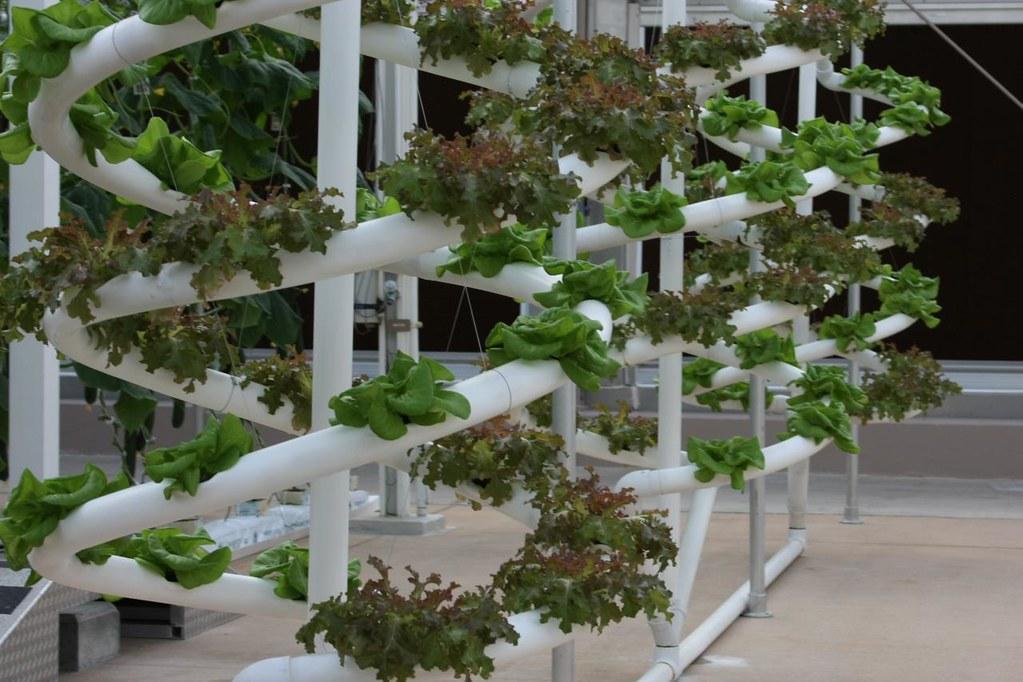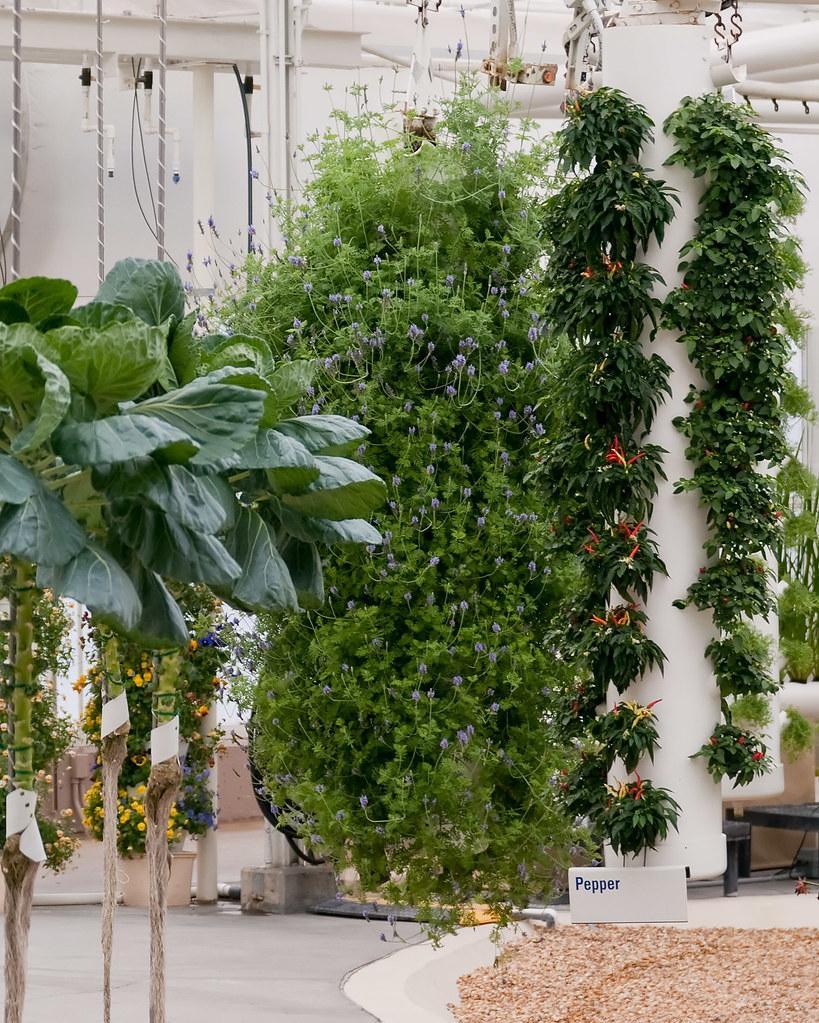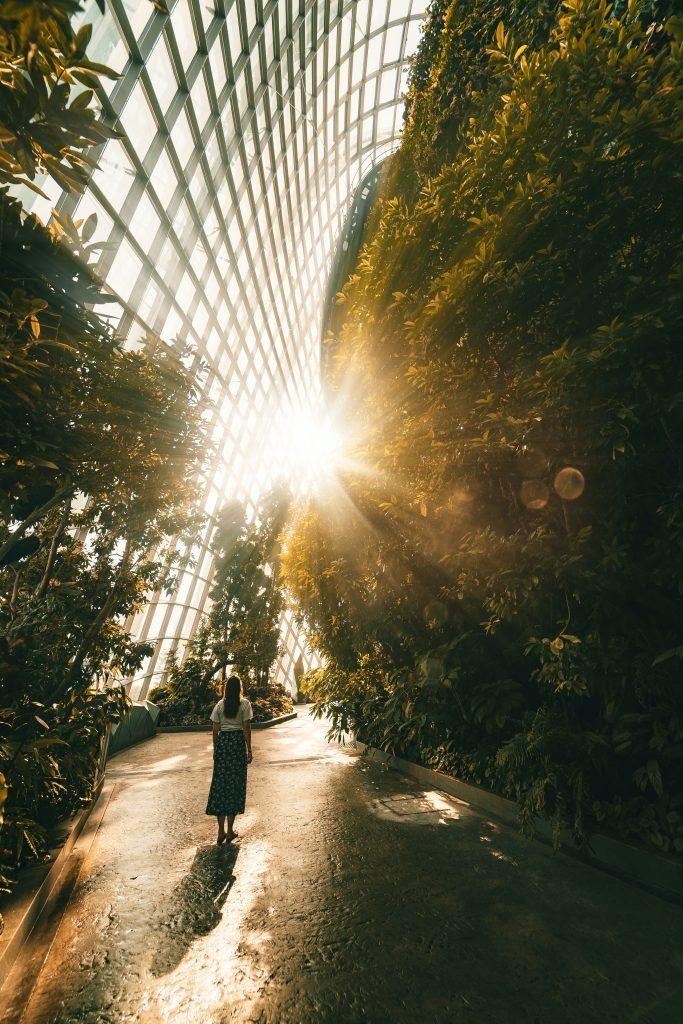Vertical farming involves growing crops in vertically stacked layers under controlled conditions. These farms usually grow crops without soil or light. Vertical farms are also known as plant factories.
At present, over 50% of the population live in urban areas worldwide. It is predicted that by 2045 the global urban population will increase by 1.5 times to 6 billion. Therefore, demands for healthy food will increase more than ever within urban areas. Vertical farming can be a solution for this demand.
While the world battles against Covid-19, we should not forget that deforestation, climate change, pollution, and biodiversity loss are also creating havoc. Agriculture is one of the main factors that cause these impacts. For example, the agricultural sector is a significant contributor to greenhouse gas emissions and land degradation. It also uses 70% of freshwater.
Internet of Things (IoT), Artificial Intelligence (AI) and other technological innovations are important tools to increase food production efficiency. Vertical farming is a fine example of utilizing technology to maximise sustainable food production on limited land.
Types of Vertical Farms
Vertical farms can be established in buildings, containers, inside supermarkets, and restaurants as in-store farms. On the other hand are appliance farms. These are targeted for more personal use in the home or the office. In this article, we will focus on the former.
The following are different types of vertical farms currently found worldwide:
(a) Hydroponics: These farms grow plants in nutrient-rich water instead of soil. Thus, it reduces the use of water by 60-70% when compared with conventional agriculture. Hydroponics consume less water, soil, land, and pesticides than conventional agriculture. But, it needs more electricity. LEDs, solar energy, or geothermal energy can reduce electricity consumption.

(b) Aquaponics: These farms are similar to hydroponics. The main difference is that these farms grow plants and fish together. The system utilizes fish waste as a mineral nutrient supply for the plants.
(c) Aeroponics: These farms grow plants in the air with their roots exposed. Roots are then misted with streams of water and nutrient media.

How Sustainable Are These Plant Factories?
These plant factories can produce fresh crops throughout the year. Moreover, they can supply organic food according to consumer demand without any restraints.
The increase in urban populations will benefit from vertical farming. This method does not require vast amounts of space, unlike conventional agriculture. These plant factories provide adequate amounts of produce throughout the year, even with limited space.
Crops grow in enclosed buildings under controlled conditions. Therefore, the weather does not affect them. Any economic losses due to adverse weather conditions are thus minimised in vertical farming.
Growing these crops in a controlled and sterilised condition reduces the use of soil, water, and land. Under these sterilised growing conditions are no pests, diseases, or weeds. The result is high-quality organic foods free from any chemicals.
The use of these methods will see a reduction in transportation costs and CO2 production. This is a result of no longer needing food supplies from far-away farms. Thereby reducing carbon footprint and air pollution. A shorter supply chain will also reduce food waste. The use of renewable energy, such as solar energy and wind energy, can also reduce fossil fuel utilisation.
These plant factories also open up job opportunities to the local community. Thus, any unemployment issues due to the rise in urban populations are minimised to some extent.
How Do Plants Grow in Vertical Farms?
Vertical farms use innovative methods to control light, humidity, temperature, and recycle water. Hydroponic systems drastically reduce water usage and recycle water. These systems do not often use soil to grow crops.
To monitor nutritional requirements, light, moisture content, and temperature, vertical farms use sensors. These factors require close monitoring as they affect plant growth and development.
Plants require both blue (610-720 nm) and red (400-520 nm) light to grow and flourish. LED (light-emitting diode) lights provide these required light conditions for plants. Temperature is closely related to light when it comes to plant growth and development. Therefore, sensors help to optimise both temperature and light.
Many countries around the world such as the USA, Japan, Canada, and Sweden have started growing many vegetables, fruits, and pharmaceutical crops in vertical farms. These countries have established most of these farms in urban areas. The reason being the farms’ proximity to retail partners such as supermarkets and restaurants. This reduces transport costs. Furthermore, crops that easily grow in vertical farms are in high demand with urban dwellers. This includes lettuce, strawberries, onions, and potatoes.
The Future of Vertical Farming
The initial capital and production cost for vertical farming can be high due to its controlled conditions and high real estate value within urban areas. This will, in turn, increase the market price of produce when compared to produce made from traditional farming. Thankfully, current vertical farm stakeholders have support from local governments and other stakeholders. Supplying to a market with high demand can reduce the production cost. This will increase the grower’s profit.
Still, these plant factories cannot grow all crops. For example, vertical farming can grow leafy vegetables and berries easily. This may lead to the overproduction of such crops. Different crops have different requirements. Therefore, it is essential to study these requirements. More research in that regard is also necessary.
Growers can decide which crops to grow in vertical farms depending on geographical location. For example, middle eastern countries have enough solar energy to power up LEDs at a low cost. Thus, crops that use up lots of light could be grown. Plants only absorb about 34% of incident sunlight. As shown in new research, there is a possibility of growing crops with less light. This can be a consideration for other suitable locations.
The use of IoT and AI will help to overcome many of these challenges. Developments in production technologies can decrease production costs.

As opposed to conventional agriculture, vertical farming greatly reduces impacts on the environment. Vertical plant factories provide all necessary conditions for plants to thrive. Likewise, at THRIVE, we work towards ensuring a THRIVE-able future for all living organisms.






















